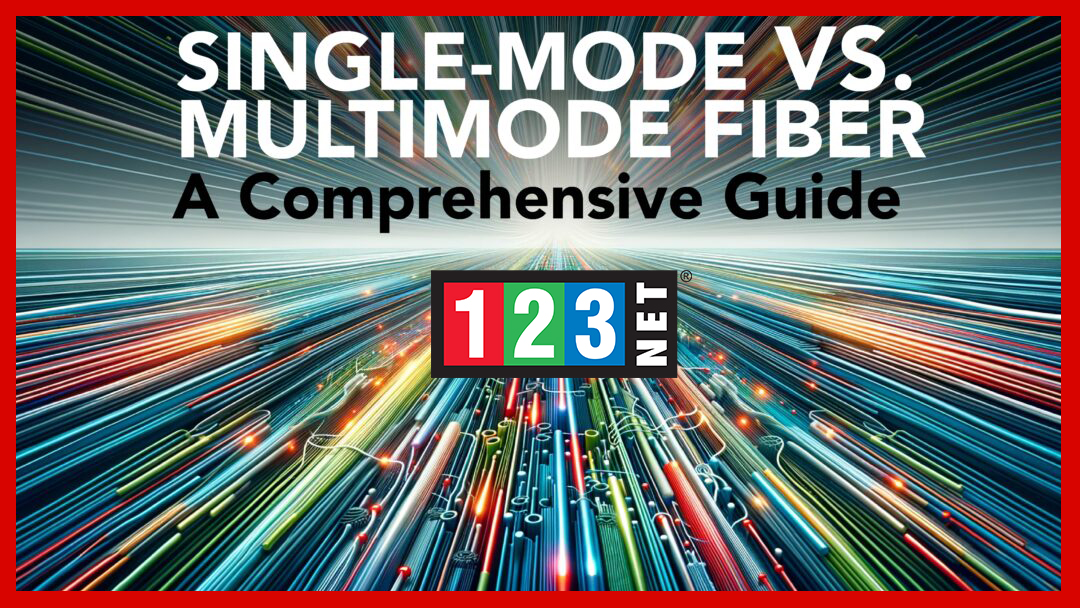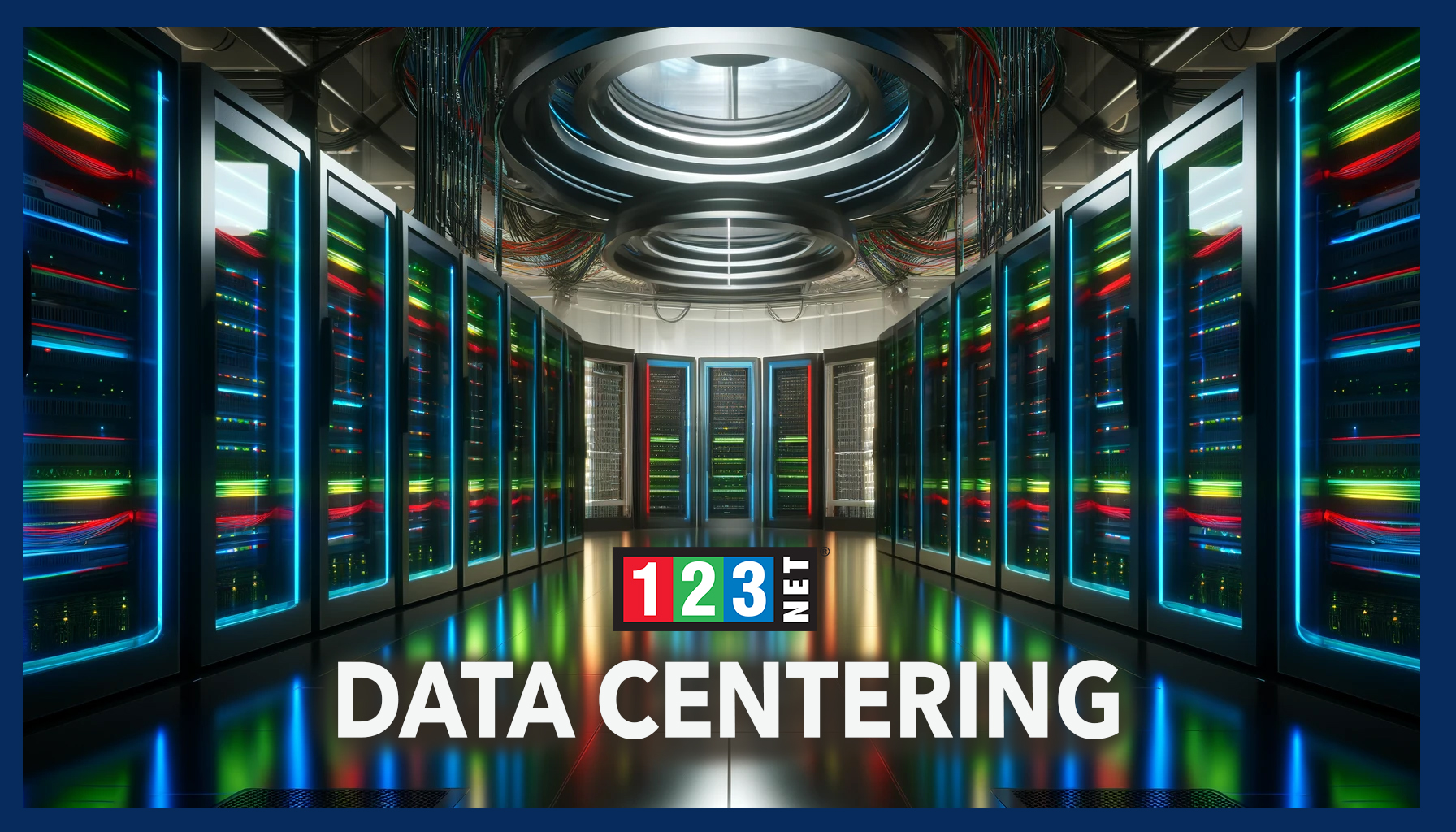
Introduction to Fiber Optics
Fiber optic technology marks a significant leap in telecommunications. It surpasses traditional copper wire systems by using light for data transmission. This method covers vast distances fast. It offers higher bandwidth and faces less interference, making it superior. In the digital era, fiber optics are crucial. They support internet and communication network backbones. Understanding fiber optics helps us realize their potential. They promise faster, more reliable data transfer. This is key for individual connections and global communication. Single-Mode Fiber (SMF) and Multimode Fiber (MMF) are two distinct types of fiber optic cables, each with unique characteristics and applications.
This technology is more than an upgrade; it transforms how we connect. Fiber optics handle immense data volumes with minimal delay. They resist electromagnetic interference, a common issue in metal cables. This ensures stable, reliable communication.
Fiber optics underpin the internet and modern communication infrastructures. They are essential for the digital age. They enable high-definition streaming, support cloud computing, and power IoT networks. Their impact extends to smart city development, advanced healthcare, and the future of education and entertainment.
Grasping fiber optic technology is essential. It opens doors to faster, efficient, and reliable communication methods. These are crucial for personal connectivity, business operations, and global data exchange. As digital innovation advances, fiber optics showcase human ingenuity. They drive us toward a more connected, advanced society.
The Difference: Single-Mode vs. Multimode Fiber
SMF is known for its slender core diameter, usually between 8.3 to 10 microns. This narrow core restricts light propagation to a single mode, drastically reducing dispersion and increasing the distance over which data can be transmitted. The precision of SMF in guiding light makes it an ideal choice for long-distance telecommunications and high-speed broadband networks. Its thin core diameter and singular light path contribute to high bandwidth and low attenuation rates, ensuring minimal signal loss even over extended distances. This design makes SMF especially suitable for applications that demand high data rates and long-distance transmission, like undersea cable systems.
In contrast, MMF has a much larger core diameter, typically between 50 to 62.5 microns, allowing multiple light modes to propagate simultaneously. MMF’s larger core captures more light, ideal for applications under 2 kilometers, but its wider core also causes increased signal break up, limiting bandwidth and data transmission over longer distances. Despite limitations, MMF is often used for rapid short-distance data transmission in local networks, data centers, and high-speed enterprise connections.
Both SMF and MMF play crucial roles in the world of fiber optics, each catering to different aspects of data transmission. SMF’s design focuses on reducing signal loss and dispersion over long distances, making it a staple in global telecommunications infrastructure. MMF, with its ability to handle multiple light signals over shorter distances, is key to efficient data transfer in localized network environments. Understanding the distinct capabilities and limitations of SMF and MMF is vital for anyone involved in designing, implementing, or maintaining fiber optic networks.
Core Diameter: Single-Mode vs Multimode Fiber
The core diameter fundamentally distinguishes Single-Mode Fiber (SMF) from Multimode Fiber (MMF), impacting their performance. SMF, with a core diameter of about 8.3 to 10 microns, enables precise light transmission in a single mode, reducing dispersion and allowing longer transmission distances. This feature positions SMF as the preferred choice for long-haul, high-bandwidth tasks like intercontinental communication and undersea cabling. Conversely, MMF’s core is wider, ranging from 50 to 62.5 microns, which facilitates multiple light modes but increases dispersion over long distances, affecting bandwidth. Hence, MMF is more suitable for short-range, high-speed connections, such as in local networks and data centers. The selection between SMF and MMF depends on this core diameter disparity, with SMF excelling in long-distance, high-capacity scenarios, and MMF in short-distance, rapid data transfer situations.
Wavelength and Light Source Differences
Single-mode (SMF) and multimode fiber (MMF) use distinct light sources and operate at different wavelengths, reflecting their design needs. SMF employs lasers, providing coherent, focused light ideal for its narrow core and essential for long-distance transmission. It mainly operates at 1310 nm and 1550 nm wavelengths, where fiber loss and dispersion are minimal, allowing data to travel farther with integrity. This makes SMF suitable for extensive applications like transoceanic communications. MMF, with a wider core, uses LEDs or Vertical Cavity Surface Emitting Lasers (VCSELs). These light sources fit MMF’s structure, enabling light to travel in multiple modes. MMF operates at 850 nm and 1300 nm wavelengths, suitable for short-distance communication in data centers and networks, and understanding these differences is key for optimal fiber optic performance.

Bandwidth and Date Transmissions
The bandwidth of single-mode (SMF) and multimode fiber (MMF) is a key factor in their data transmission capabilities. SMF, with its single-mode propagation and narrow core, minimizes signal dispersion and supports high data rates, often exceeding tens of Gbps. It can transmit data up to 100 km without signal amplification, making it ideal for long-distance telecommunications and high-capacity networks like cable TV and internet services. MMF, however, is optimized for high bandwidth over shorter distances. It faces limitations over longer distances due to modal dispersion, caused by multiple light paths leading to varied arrival times of light at the receiver. This restricts its effective bandwidth for longer runs. MMF is ideal for high-throughput, short-distance applications like data centers and local networks; choosing between SMF and MMF hinges on transmission distance and data rate requirements, crucial for network planning.
Cost Differences: Single-mode vs. Multimode Fiber
The cost of Single Mode Fiber (SMF) and Multimode Fiber (MMF) varies, influenced by their manufacturing complexity and use. SMF usually costs more, due to its precise production and the need for expensive laser sources. This is because SMF’s narrow core and capability for long-range transmission require high-quality manufacturing. Despite the higher cost, SMF’s efficiency over long distances and high bandwidth often make it a worthy investment for long-haul communication. On the other hand, MMF is less costly, utilizing simpler production methods and cheaper light sources like LEDs. This affordability makes MMF ideal for short-range uses, such as in data centers or local networks, where its bandwidth is effective over shorter distances. Choosing between SMF and MMF involves weighing the initial costs against the specific transmission requirements and long-term operational benefits.
Applications & Future Trends of Single-mode vs Multimode Fiber
SMF and MMF serve distinct purposes in various applications due to their inherent properties. SMF is preferred for long-distance communication, like in telecommunication networks and undersea cable systems spanning cities and countries. Its high bandwidth and minimal signal loss over vast distances are invaluable for global connectivity. High-speed broadband connections also frequently employ SMF to ensure uninterrupted, high-quality data transmission. On the other hand, MMF shines in environments where data needs to be transmitted rapidly over shorter distances. This includes applications within data centers, where vast amounts of data are transferred over a confined space. Local area networks (LANs) in corporate settings and educational campuses also rely on MMF for efficient network connectivity. The choice between SMF and MMF hinges on the application’s specific needs, including transmission range, data volume, and deployment environment.
The fiber optic sector is constantly evolving, with both SMF and MMF technologies undergoing significant advancements. In SMF, developments such as photonic crystal fibers are emerging. These innovations promise even higher data transmission rates and reduced losses, potentially revolutionizing long-distance communication. Such advancements could expand the use of SMF in more diverse and demanding environments. For MMF, improvements in light sources and fiber architecture are underway. These enhancements aim to boost its bandwidth capacity and extend its effective transmission distance, making MMF more versatile for various applications. Both SMF and MMF are crucial in addressing the growing demands for higher bandwidth and more efficient data transmission. As these technologies progress, they will likely unlock new possibilities in telecommunications, shaping the future landscape of digital communication.
FAQ
- What is the main difference between Single-mode and Multimode Fiber? The primary difference lies in their core size and light propagation. SMF has a narrow core, allowing only one light mode, ideal for long-distance transmission with minimal signal loss. MMF has a wider core, enabling multiple light modes but is suitable for shorter distances due to higher dispersion.
- Can SMF and MMF be used interchangeably? SMF and MMF are not interchangeable due to core size and light source differences, leading to incompatibility in devices designed for one but not the other.
- How do I choose between Single-mode and Multimode Fiber for my network? Your choice depends on transmission distance and bandwidth requirements. Use SMF for long-distance, high-bandwidth applications. Choose MMF for high-speed data transfer over short distances, like within data centers or LANs.
- What are the cost implications of using Single-mode vs Multimode Fiber? SMF tends to be more expensive due to higher manufacturing costs and the need for specialized light sources. MMF is usually cheaper, making it cost-effective for short-range applications. Consider long-term operational costs alongside initial investment.
- How does distance affect the choice between Single-mode and Multimode Fiber? Distance is a crucial factor. SMF is better for long distances, offering lower signal degradation. MMF is suitable for shorter distances, where its limitations in signal dispersion are less impactful. Choose based on the length of the network run.




